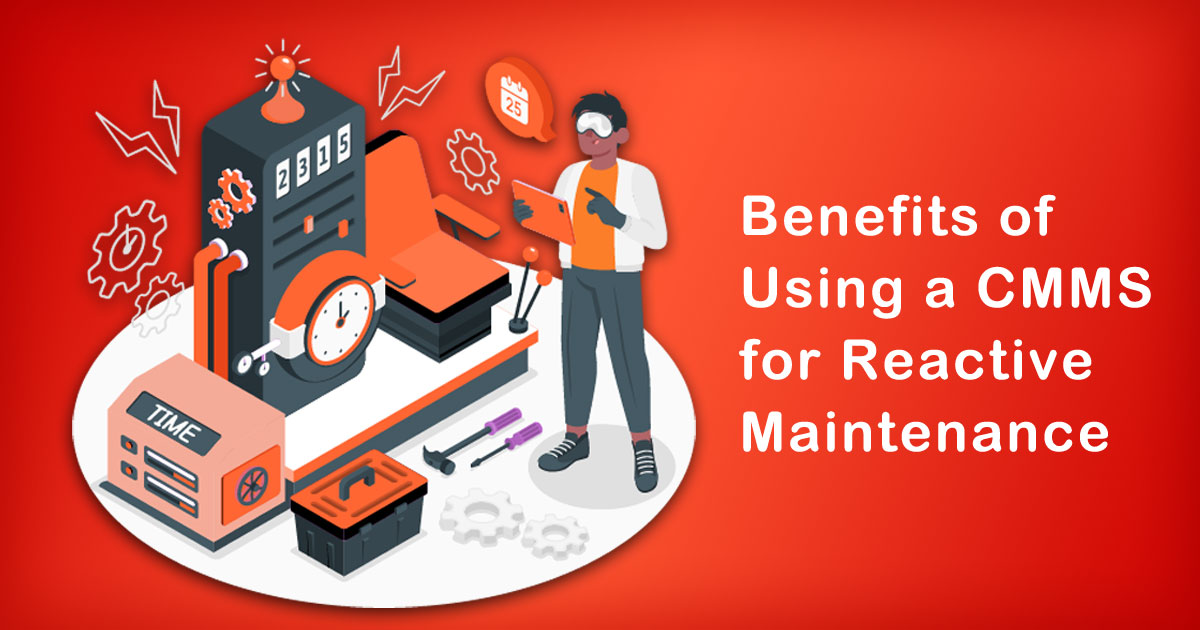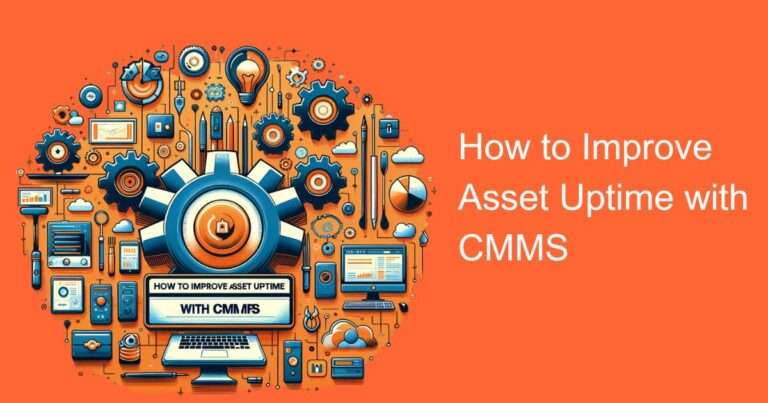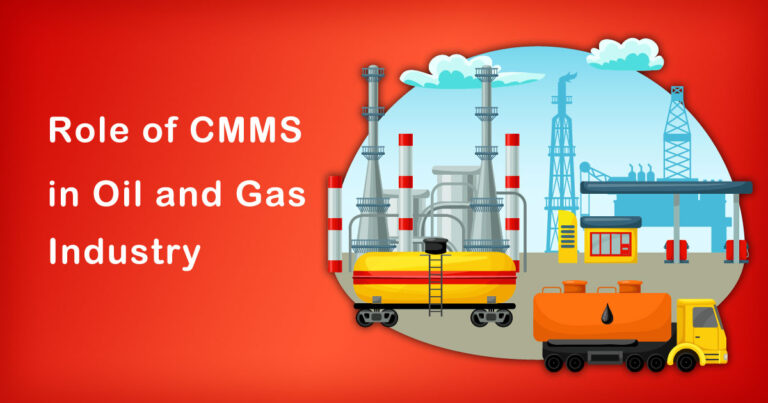Introduction:
In today’s fast-paced business environment, the effective management of maintenance activities is crucial for organizations across various industries. Reactive maintenance, which involves addressing unexpected equipment failures or breakdowns, can be particularly challenging to handle efficiently. However, with the advent of computerized maintenance management systems (CMMS), businesses can streamline their reactive maintenance processes and unlock numerous benefits. In this article, we will delve into the advantages of utilizing a CMMS for reactive maintenance, specifically focusing on the Indian context.
Increased Equipment Uptime:
One of the primary advantages of implementing a CMMS for reactive maintenance is the significant improvement in equipment uptime. When critical assets fail unexpectedly, it often leads to costly downtime, affecting productivity and overall operational efficiency. By leveraging a CMMS, organizations can minimize the time required to respond to maintenance issues. The system enables quick identification of the problem, generates work orders, and assigns them to the appropriate personnel promptly. This timely response reduces equipment downtime, ensuring that production or service delivery can resume swiftly.
Enhanced Maintenance Planning and Scheduling:
Reactive maintenance often suffers from a lack of planning and scheduling, as the focus is on fixing immediate problems. However, this approach can lead to a never-ending cycle of reactive maintenance, resulting in increased costs and decreased reliability. A CMMS provides the tools to streamline maintenance planning and scheduling, even for reactive tasks. The system allows maintenance managers to assign priorities, allocate resources, and plan tasks effectively. By incorporating reactive maintenance activities into a comprehensive maintenance plan, organizations can optimize resource utilization and reduce the likelihood of recurring breakdowns.
Improved Inventory Management:
Another significant benefit of using a CMMS for reactive maintenance is the improved management of spare parts and inventory. When a piece of equipment fails unexpectedly, having the necessary spare parts readily available becomes critical. Without a proper system in place, organizations often face challenges in tracking inventory levels and reordering parts in a timely manner. CMMS software enables the creation of a centralized inventory management system, providing real-time visibility into stock levels and automating the reordering process. This ensures that necessary spare parts are always available, reducing downtime caused by the unavailability of critical components.
Efficient Work Order Management:
Managing work orders in a reactive maintenance environment can be a complex and time-consuming task. With multiple maintenance requests coming in simultaneously, it becomes challenging to prioritize and assign tasks efficiently. A CMMS simplifies work order management by automating the entire process. When a maintenance request is received, the system automatically generates a work order, assigns it to the appropriate technician based on availability and skillset, and tracks its progress. This streamlining of work order management ensures that tasks are handled promptly, reducing response times and enhancing overall maintenance efficiency.
Data-Driven Decision Making:
Utilizing a CMMS for reactive maintenance provides organizations with valuable data that can be leveraged for informed decision making. The system captures detailed information about maintenance activities, including the frequency of breakdowns, repair costs, and equipment performance. By analyzing this data, maintenance managers can identify recurring issues, evaluate the effectiveness of maintenance strategies, and make data-driven decisions to optimize maintenance practices. This proactive approach to maintenance reduces the occurrence of unexpected failures and improves overall equipment reliability.
Conclusion:
In the Indian context, where downtime and maintenance costs can significantly impact businesses, implementing a CMMS for reactive maintenance offers substantial advantages. By leveraging such a system, organizations can increase equipment uptime, enhance maintenance planning and scheduling, improve inventory management, streamline work order management, and enable data-driven decision making. Ultimately, these benefits lead to improved operational efficiency, reduced costs, and enhanced customer satisfaction. Embracing CMMS technology empowers businesses to efficiently tackle reactive maintenance challenges and ensure the smooth functioning of critical assets in today’s competitive landscape.








